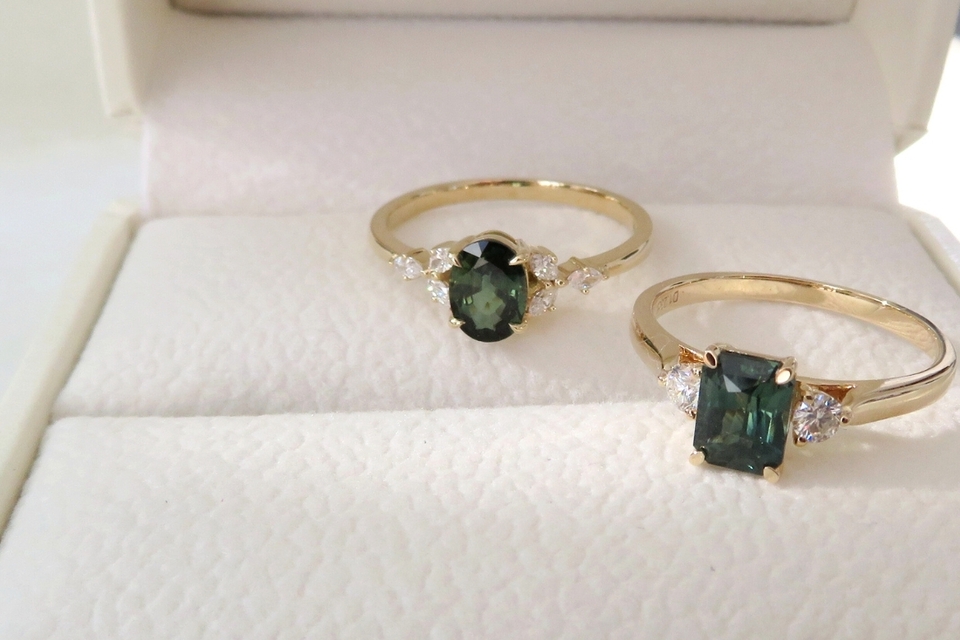Understanding Gold Purity & Hallmarks | Quality and Authenticity Explained
Understanding Gold Purity: Karat, Percentage, and Hallmark Guide
Just as gold comes in various colours, it also comes in different purities. The fineness (purity) of gold is measured in carat/ct or karat/k, which describes how pure the gold metal is.
Pure gold is 24 carats, which is very soft and generally unsuitable for use in jewellery unless combined with an alloy. The carat indicates how many parts out of 24 in the gold alloy are gold. Thus, 24k gold is 24/24 parts gold (pure gold) and is marked with a hallmark of 999/G24k. Similarly, 18k gold consists of 18/24 parts pure gold and 6/24 parts other metals, with a hallmark of 750/G18k. 14k gold is made up of 14/24 parts pure gold and 8/24 parts other metals, and is marked with a hallmark of 585/G14k. Finally, 9k gold is 37.5% pure gold and is marked with a hallmark of 375/G9k.
At CL Jewellery, we offer a range of gold purities in our jewellery. While the majority of our pieces are available in 9k gold, we also have stunning collections in 14k and 18k gold, ensuring you find the perfect piece that suits your taste and budget. If you prefer platinum jewellery, we also offer bespoke jewellery design services to create your masterpiece in platinum. Our expert artisans are dedicated to bringing your vision to life with the finest materials and exceptional craftsmanship.
Choosing the Right Karat Gold for Your Jewellery
- Durability and Strength Higher karat gold, such as 18k and 24k, is softer and more malleable, making it ideal for intricate designs but potentially less durable for everyday wear. In contrast, lower karat gold like 9k or 14k is alloyed with other metals that enhance its strength and resilience, making it a better choice for daily use.
- Value and Investment The purity of gold affects its value. Higher karat gold, like 24k, is more valuable due to its greater gold content. Investing in high-purity gold jewellery can be a wise financial choice, as it retains its value better over time.
- Hypoallergenic Properties Higher purity gold contains fewer alloy metals, reducing the likelihood of allergic reactions. For those with sensitive skin, higher karat gold can be a better option. Alternatively, platinum is an excellent choice if you have allergies to gold or silver.
- Aesthetic Appeal Gold purity influences the colour and shine of the jewellery. Pure gold (24k) boasts a rich, deep yellow hue, while lower karat golds have different tones due to alloy metals. These variations allow for a range of colours, such as white, rose, or yellow gold, catering to different tastes.
- Customization Options Different gold purities offer various design possibilities. For example, 14k and 18k gold balance purity with durability, making them suitable for detailed and delicate jewellery. The range of purities available ensures you can find a piece that aligns with both your style and practical needs.
- Longevity Jewellery made from lower karat gold tends to resist wear and tear better over time compared to higher karat gold. The added metals in 9k or 14k gold increase its hardness, helping to maintain the piece's appearance and integrity over the years.
- Versatility Gold purity affects how the metal interacts with other materials and gemstones. Lower karat golds, with their alloy metals, often work better with a variety of gemstones and settings, enabling more versatile and creative jewellery designs.


